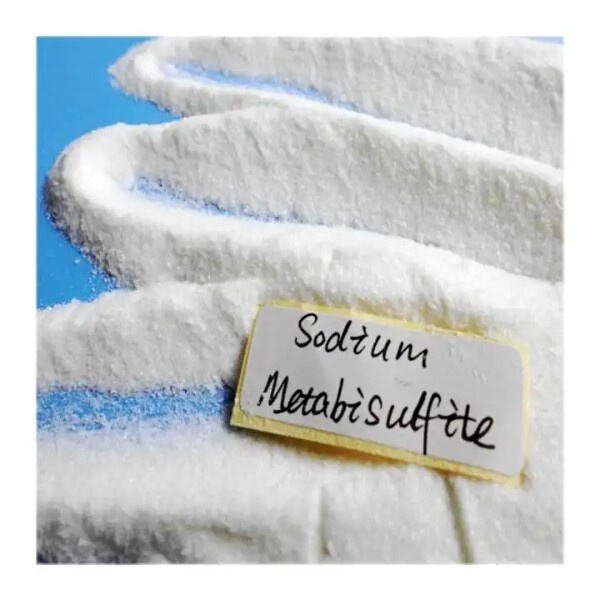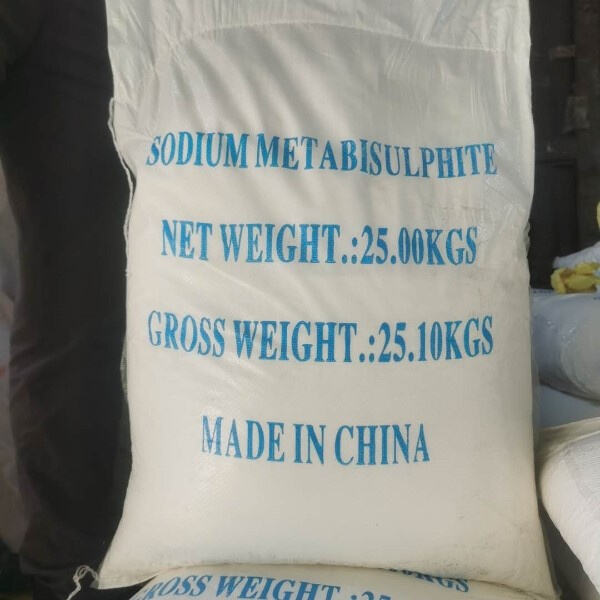Sodium metabisulfite is a odd chemical that has many uses. You’ll find it in food, winemaking, water treatment and, believe it or not, photography! But what is sodium metabisulfite — and why does it matter?
Sodium metabisulfite is used in the preservation of food items to help keep our food fresh and safe. When it’s added to foods such as dried fruits, canned vegetables and a few meats, it prevents the bacteria that cause spoilage from growing. That way, we can munch on our favorite snacks for that much longer before getting sick!
WineMakers use Sodium Metabisulfite to clean their tools and bottles before they bottle up the wine. This also protects the potion from bad bacteria that can sour the flavor. It also keeps the wine fresh and delicious for years.
Sodium metabisulfite consists of sodium, sulfur, and oxygen atoms. Its mixture with water creates a gas known as sulfur dioxide, which kills bad bacteria. This quality makes it extremely valuable in many industries.

Although sodium metabisulfite is useful, it must be used safely. For some people, it can cause symptoms of allergy, like asthma or hives, he said. That’s why one of the big issues with products containing sodium metabisulfite is the labeling.

Within the water treatment industry, sodium metabisulfite is employed to treat drinking water, especially as an anti-chlor, where to drink sodium metabisulfite removes chlorine and as a bleach stripping agent and in controlling wastewater odor. Chlorine is mixed in to kill any bacteria, but can be harmful for people if too much is present. Sodium metabisulfite purifies the water.

Sodium metabisulfite is a bleaching agent in photography. It makes a picture when it is made to react with light. This process is essential if you want to have some decent memories and very pretty photos.